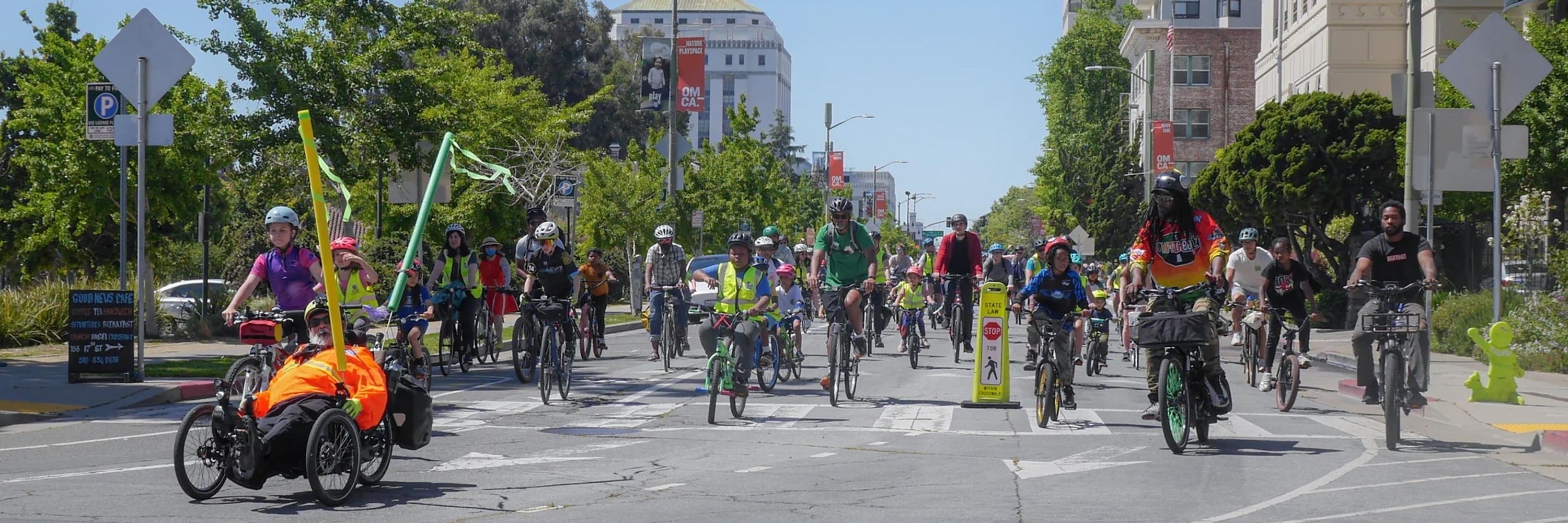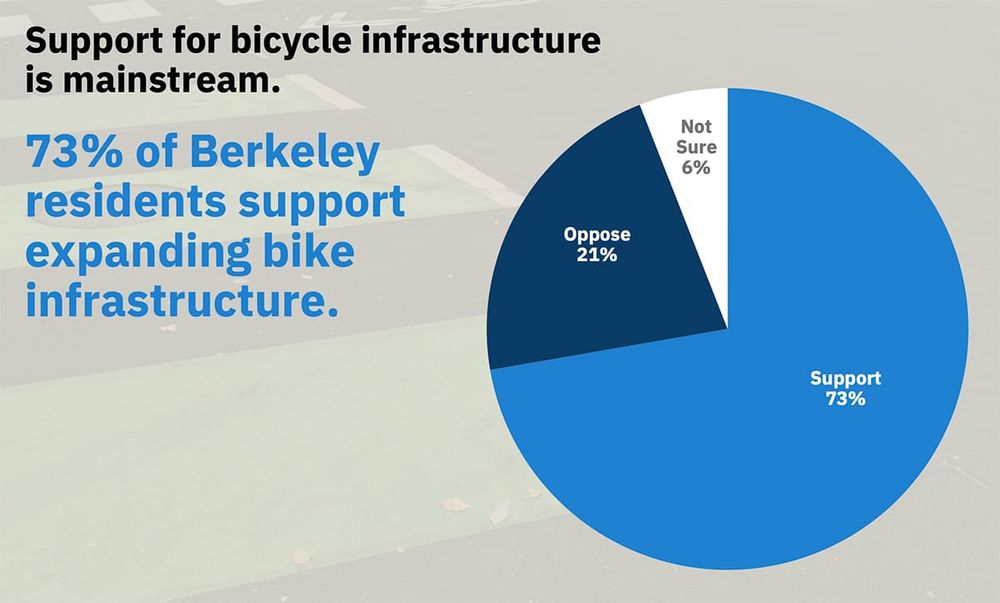Marc Hedlund
@marcprecipice.bsky.social
3.1K followers
480 following
1.7K posts
Cargo bike doctrinaire
Posts
Media
Videos
Starter Packs
Pinned







